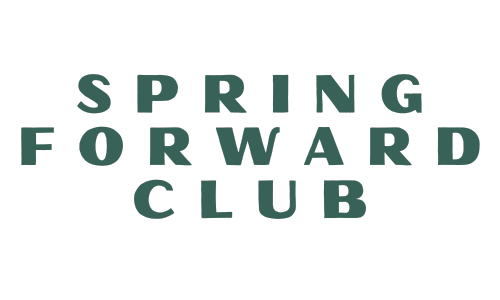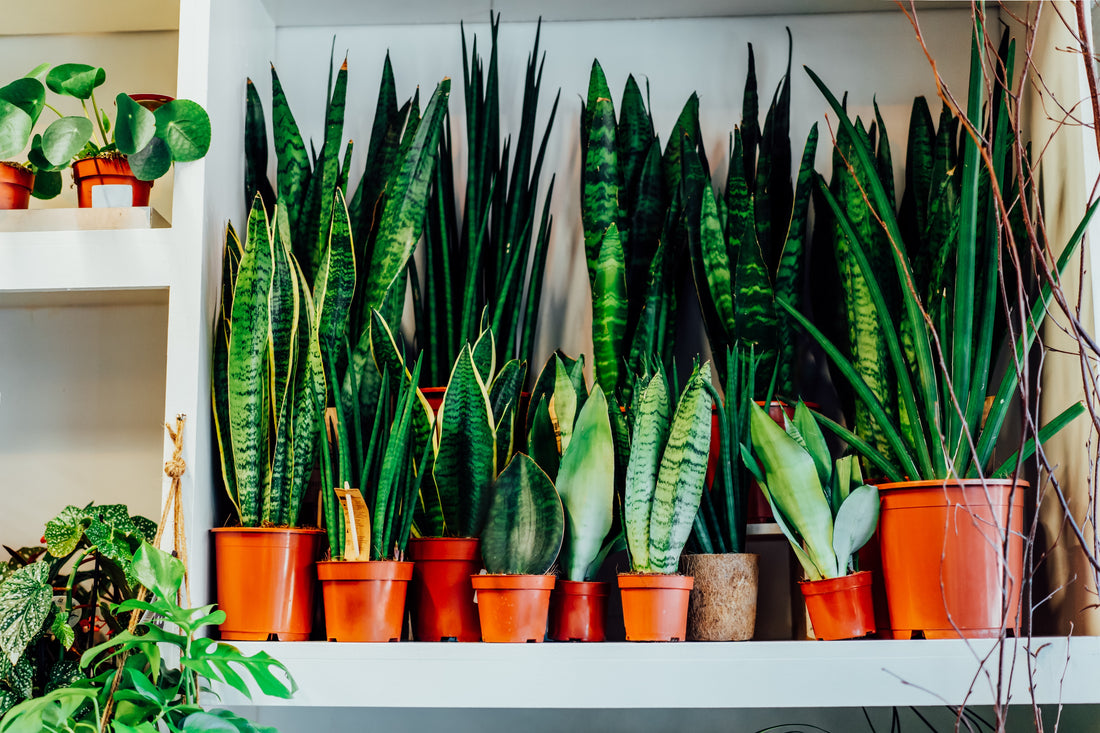Formaldehyde if you aren’t familiar is a common toxin and known human carcinogen lurking in our homes, personal care products, and everyday items. Despite its pervasive presence, many are unaware of its potential health risks.
You may have heard of Formaldehyde from high school and its common use in preserving dead bodies. It's a powerful disinfectant and fixative that helps prevent decomposition. However, prolonged exposure to formaldehyde has been associated with an increased risk of cancer, particularly in occupational settings where individuals are regularly exposed to high levels of the chemical. And yet it is now an ingredient in everyday products like toilet paper, shampoos, nail polishes, cosmetics, and cleaning products.
The worst part is that Formaldehyde isn't always listed explicitly on ingredient labels. Instead, it hides behind a veil of formaldehyde-releasing preservatives. These preservatives undergo chemical reactions within products, releasing formaldehyde to extend shelf life and prevent bacterial growth.
Identifying the Culprits:
To safeguard against formaldehyde exposure, it's crucial to recognize its aliases on ingredient labels.
Keep an eye out for DMDM hydantoin, diazolidinyl urea, imidazolidinyl urea, quaternium-15, hydroxymethylglycinate, and Bronopol. Additionally, watch for 2-Bromo-2-nitropropane-1,3-diol and 5-Bromo-5-nitro-1,3-dioxane, which are related compounds known to release formaldehyde.
The Risks:
Exposure to formaldehyde can lead to various health issues, both immediate and long-term. Short-term effects may include irritation of the eyes, nose, and throat, respiratory problems, and allergic reactions. Prolonged exposure has been linked to more severe conditions such as cancer, neurodegenerative diseases, and reproductive issues. The cumulative impact of formaldehyde underscores the importance of minimizing exposure in our daily lives.
A Few Places They Reside:
- Toilet Paper
- Paper Towels
- Nail Polish
- Nail glue
- Eyelash glue
- Hair gel
- Shampoo (read our Approved Clean Shampoo Brands here)
- Baby shampoo
- Body soap
- Body wash
- Colored cosmetics like blush & lipstick (Read our Approved Clean Makeup)
- Hair Dye
- Body Wash
- Hand Soap
- Makeup like Mascara & Foundation (Read our Approved Clean Makeup)
- Face Wash
- Room Spray
- Laundry & Cleaning Products (Read our Approved Clean Laundry Products)
- Fragrance / Perfume
- Clothing & Fabric (especially things that are “wrinkle free”)
- Manufactured Wood
Protecting Your Health:
Fortunately, there are steps you can take to reduce formaldehyde exposure and create a safer environment for yourself and your loved ones:
- Seek alternatives through natural and organic products: Opt for personal care items and household cleaners that are free from formaldehyde-releasing preservatives.
- Read labels diligently: Familiarize yourself with formaldehyde aliases and carefully scrutinize ingredient lists before making purchases.
- Ventilate indoor spaces: Increase airflow in your home to reduce formaldehyde concentrations, especially in areas where products containing the toxin are used or stored. Indoor plants like snake and spider plants are extremely beneficial to cleansing our air and reducing formaldehyde - more in this NASA study.
Conclusion:
Formaldehyde may be stealthily concealed in everyday products, but awareness empowers us to make informed choices for our well-being. By recognizing its presence, understanding its risks, and taking proactive measures to limit exposure, we can safeguard our health and create a safer environment for generations to come.


